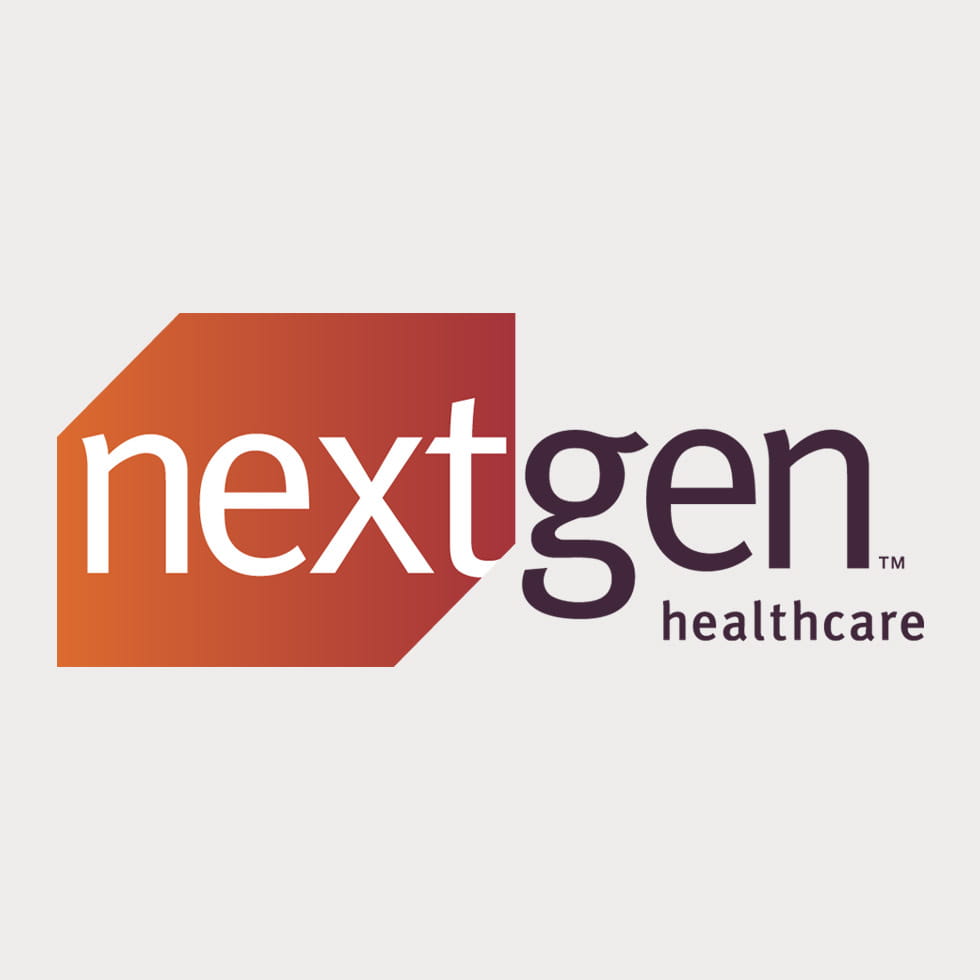Ten years ago, the Nintendo Wii was gaming’s newest console, Tesla premiered its first car, and Beyoncé was burning up the Billboard charts. Another notable debut? Mirth® Connect.
Mirth Connect was born out of a desire to develop an internal integration engine. At first, the Mirth® R&D team only wanted to figure out how to parse HL7 messages. Gerald Bortis, vice president of R&D, said he tried to get access to competitive demo tools, but there was no way to quickly get a demo version to play with. Along with Jacob Brauer, now the director of software engineering for R&D, they decided to build a demo version that solved R&D’s needs.
After developing their own HL7 message parser and router, they decided to turn their project into an open source program so any developer working in health IT could use it. On July 18, 2006, version 1.0 of Mirth Connect was posted to Sourceforge, the open source project sharing site.
At first, interest in Mirth Connect grew organically through the developers’ presence on Sourceforge and Gerald’s appearances at software development conferences. But Mirth Connect also developed an online following via sites such as StackOverflow because, “You’d be surprised how many people search for ‘HL7 open source integration,’” Gerald said.
Enter Nick Rupley, senior software engineer for Mirth R&D. “Jacob poached me from the support forums,” Nick said. Nick and Jacob agree that the biggest driver of Mirth Connect’s growth was through the forums and online user community.
Users were enthusiastic about Mirth Connect because it was powerful, configurable, collaborative, community driven...and free. Jacob says, “Our secret is to keep everything open source and public. It’s a ‘techy’ tool, and in the tech space, open source is very common.”
But Mirth Connect’s first 10 years weren’t all smooth sailing. Businesses and healthcare enterprises in general were cautious and skeptical about open source software and there were questions about the commercial viability about an open source project. Eventually, after developing successful support interfaces and commercial extensions, Mirth Connect gained a strong foundation in the health data integration market. The monthly Q&A sessions between Mirth Connect developers and end users were especially influential.
While most Mirth Connect users rely on the software to integrate health data engines, Jacob and Gerald have a few favorite stories of unusual uses for Mirth Connect. One developer posted on the Mirth Connect forums that he uses it to track World of Warcraft stats. Another user created a script to automatically order coffee pads when his office supply runs low—Mirth Connect sends a poll to the staff and automatically places an order for the coffee flavors they request. (After reading his story, Gerald and Jacob rewarded that inventive developer with a box of Mirth swag—including coffee mugs, of course.)
In 10 years, the developers of Mirth Connect have enjoyed many notable milestones—the rollout of Mirth Connect 2.0 and 3.0, deployment of over 10,000 active servers, and recognition at development and health IT conferences. But the milestone Gerald and Jacob might be proudest of is seeing job seekers apply for jobs with “Mirth Connect Certified” on their resumes, demonstrating excellence with the certification they developed.
The future is bright for Mirth Connect. Mirth developers continue to tune and refine the integration engine and new healthcare organizations join the Mirth Connect community every day. Jacob and Gerald imagine a scenario where every hospital system in the world uses Mirth Connect, and with users in more than 80 countries, that day isn’t far off. Nick sees Mirth Connect as a parallel to Linux—it can be deployed on everything from smartwatches and Raspberry Pi units all the way up to enterprise systems.
For the first 10 years of Mirth Connect, the developers’ unshakable belief in the power of openness—open source, open expansion, open feedback—led to its success. Where will the next 10 years take Mirth Connect?
Hear the recording of the webinar: Mirth Connect 10-year celebration webinar! View now
Meet NextGen Ambient Assist, your new AI ally that generates a structured SOAP note in seconds from listening to the natural patient/provider conversation.
Read Now